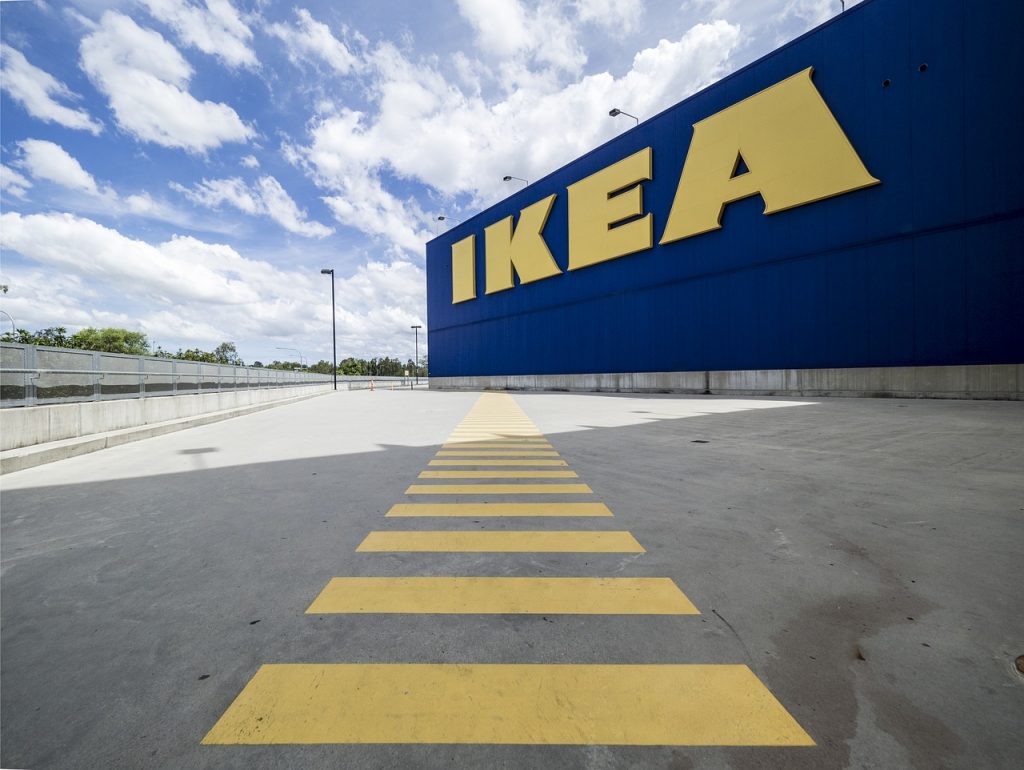Why Ikea’s Meatballs Are The Key To Its Continued Success
Learn why Ikea meatballs are so integral to the furniture company's success.
This article is more than 2 years old

Ikea is well known for its versatile, polished furniture and seemingly endless store interior. But what many shoppers discuss after leaving the gigantic retailer is not the decor, but the iconic Swedish meatballs. More than a billion Ikea meatballs are sold every year, but they weren’t always a part of the retail experience.
For Ikea, having delicious treats for in-store perusers helps retain their customers for more extended periods. Including filling food options is not rocket science, since many need nourishment during a long-winded shopping day. The Scandinavian enterprise credits the Ikea meatballs for retaining their customers for extended durations, increasing the shoppers’ energy, and allowing them to spend more money.
Though the Ikea meatballs are an essential part of the shopping experience, they weren’t always a part of the brand. When Ikea’s first in-store café was opened in 1953, the shop only sold coffee and cake. As the retailer became more popular, more nourishing menu items were added. The first new menu inclusions were potato mash and sausage, but the quintessential meatballs were still nowhere to be found. Nearly 30 years after its first café opened in Sweden, meatballs were finally introduced in Ikeas worldwide.
Ikea meatballs were included on the café menu in 1985, which catapulted the furniture brand into international popularity. No one, not even those leading the food menu change in the 80s, expected the Swedish meatballs to become an essential part of Ikea. Sören Hullberg, who led the café revamp 40 years ago, said he still gets calls regarding the Swedish meatballs to this day. Though the brand was initially skeptical about shipping meatballs worldwide and being unsuccessful, this Swedish food has become a huge revenue booster for the furniture enterprise.
You can thank Ingvar Kamprad for the inclusion of the Ikea meatballs. As the founder of Ikea, Kamprad knew they were losing customers by not having adequate food sources in their restaurants. Coffee and cake weren’t enough to sustain shoppers who were spending long hours in their maze of a warehouse. With 50 stores worldwide, Kamprad was afraid that Ikea’s new expansion would start losing customers if the restaurant portion wasn’t overhauled. As Kamprad concocted this new dining experience, he brought on Hullberg to execute his meatball vision. Now, you won’t be able to shop at an Ikea store without smelling the Scandanavian delicacy.
With an average of 5,000 customers visiting an Ikea store every day, the team tapped by Kamprad knew they needed to keep the menu short and sweet. Meatballs were the perfect selection for cost-efficient and fulfilling appetizers to keep shoppers around the store without getting too hungry. Hallberg also picked the Ikea meatballs because they were easy to transport, freeze, and prepare in-house. The accessibility and portability of this food made for the perfect café selection, both for the chefs and the customers.

It’s crazy to think that Ikeas existed without their iconic Swedish meatballs. Now going strong for 40 years, the Ikea meatballs are the essential treat for sustaining hours of shopping through the humungous furniture warehouse. These Scandinavian treats, alongside the economical beds and sofas, have kept customers continuously coming back for more.



